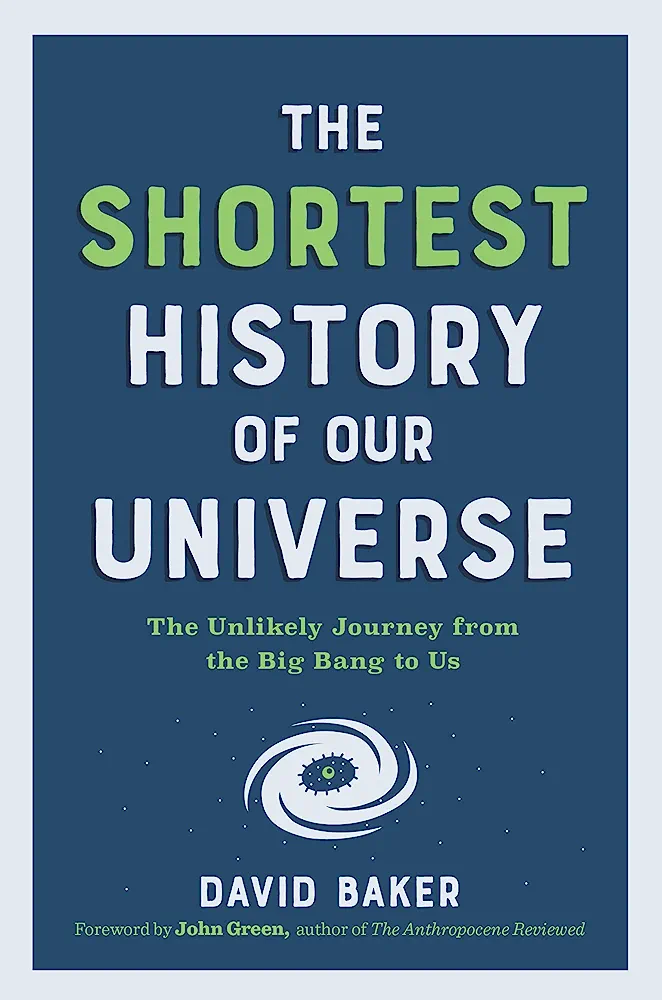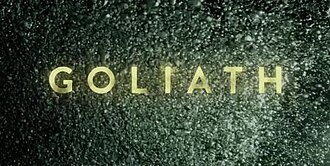Still growing very slowly this year. All are still not blooming. I did put the ones closest to the sidewalk in late, maybe not until close to June. Still, they are all growing fairly slow.

Still growing very slowly this year. All are still not blooming. I did put the ones closest to the sidewalk in late, maybe not until close to June. Still, they are all growing fairly slow.

A document about Robert Oppenheimer and the development of the Atomic Bomb.
by Bertrand Russell

A collection of essays by Bertrand Russell, including his most famous, Why I’m Not a Christian, written in 1927.
You find as you look around the world that every single bit of progress in humane feeling, every improvement in the criminal law, every step towards the diminution of war, every step towards better treatment of the coloured races, or every migration of slavery, every moral progress that there has been in the world, has been consistently opposed by the organised Churches of the world. I say quite deliberately that the Christian religion, as organised in its Churches, has been and still is the principal enemy of moral progress in the world. – Bertrand Russell – Why I’m Not a Christian
As of 7/16/23.

by David Baker

A very well written, very entertaining summary of the history of the universe/planet.
Part One Inanimate Phase
Our past can be divided into three phases
The universe appeared as a tiny dot, which could only have been observed by the most powerful telescopes (if they had existed). The universe was smaller than an atom.
The Big Bang is the story of it’s expansion. When that happened, the “four forces of the universe” – gravity, electromagnetism, strong and weak nuclear forces became coherent.
The universe was a sear of radiation, mostly hydrogen and helium, the simplest elements.
The universe became less dense, so light could travel freely. There was a blinding flash of light, the remnants of which can still be picked up by TVs and radios.
Edwin Hubble figured out that all the galaxies in the Universe must have been smooshed together at a single fixed point.
The universe is currently 93 billion light-years across.
The universe is shaped like a table top.
There could be other universes within our universe (the “multiverse”).
Time did not exist before the Big Bang, so it’s nonsensical to ask what there was before the Big Bang.
Chapter 2
Inequalities of energy during the Big Bang resulted in the Universe we know. Otherwise, would have been just “nothing”.
Gravity sucked Hydrogen and Helium together into increasingly dense clouds. Through fusion, these clouds exploded into giant fireballs. Thus, the first stars were born.
There have been three generations of stars. The first, which formed about 50 to 100 million years ago, only lived for a few million years.
Gravity attracted stars together to from clusters (galaxies). Milk Way is 100,000 light-years across, and has about 200 billion stars.
There are 400 billion galaxies in the Known Universe.
The 3rd generation of strs is only a few billion years old.
Our sun is a Yellow Dwarf, and will last 4 to 15 billion years.
Supernovas are exploding stars. These can produce heavier elements beyond the first 26, like gold, silver, and uranium.
A chemical is built upon a combination of elements strung together into a higher structure: a molecule. Example –> H2O.
Unifying pattern of all history is INCREASING COMPLEXITY.
No new matter and energy were added to the Universe after the Big Bang.
In order for any form of complexity to be created, some energy needs to be used. In order to have energy flow, you need to have flow from where there is more energy to where there is less.
Second Law of Thermodynamics. This law compels energy to want to even itself out – and it can only do that by flowing from where there is more energy to where there is less.
Eventually, the universe will run out of energy completely.
Chapter 3
Our galaxy began as a cluster of the first giant stars; 13.5 billion years ago. The hydrogen, helium, and heavy elements were sucked together again by gravity to form entirely new stars. The dust of the solar system contained all 92 elements, and swiftly began to form into 60 different chemicals.
The planets closer to the sun are rock, the outer gas, because the lighter ones were blown out farther during the explosion.
Earth and Theia (the size of Mars) crashed together to more the final Earth. 1.2 percent flew off and forced the Moon. This all happened around 4.5 billion years ago.
Over time, lighter elements came to the surfaces, heavier ones sunk.
Millions of asteroids brought tons of ice, which melted and rose into the atmosphere. By 4 billion year ago, the Earth was covered with water.
The Inanimate Phase came to an end. At the bottom of the ocean, life began.
Part Two – Animate Phase – 3.8 billion to 315,000 years ago
life and evolution. life began 3.8 billion years ago. It happened after the temperature dropped below the boiling point, and then millions of years of rainfall created the first oceans. Liquid water was the ideal environment that allowed organic chemicals to move and join together in a soup-like mixture.
Carbon, hydrogen, oxygen, nitrogen, and phosphorous are the most important for self-replicating life.
Amino acids are a combination of carbon, hydrogen, oxygen, and nitrogen atoms,, that are crucial for fueling life.
A protein is a tangle of about twenty amino acids. They move things around in a cell.
DNA is the software of the organic computer, it makes living things look and act like they do. It tells the proteins what sort of traits the cells hosuld have and how they should behave.
RNA is the hardware. takes the instructions form DNA and delivers them to the small parts on a living cell that produce proteins.
DNA copies itself. Occasionally, there is a small mutation. Mutations create historical change in biology.
Plants give off oxygen, which was converted into the ozone layer, which blocked out some of the sun, allowing the earth to cool. Eventually, the oceans froze. This time is referred to as “Snowball Earth”.
Had a long period of expulsions and extinctions around 635 to 65 million years ago.
Chapter 6 Primate Evolution
By 55 million years ago the ancestors to whales and horses and other familiar animals appeared, including primates.
Humans split off from gorillas about 10 million years ago.
Chimpanzees are our closest surviving evolutionary cousins. we share 98.4 percent of our DNA with them. (The Bonobos chimps, cousins of chimps, were female-led. Lots of sex.
Homo erectus emerged about 1.9 million years ago.
Part Three – The Cultural Phase – 315,000 years ago to the present
Humans were foragers at first.
The main driver of society was “collective learning.”
Neanderthals appeared about 400,000 years ago.
Homo sapiens about 315,000 years ago. They won out because they were the best at collective learning.
by Emily Dickenson
We learned the Whole of Love - The Alphabet - the Words - A Chapter - then the mighty Book - Then - Revelation closed - But in each Other’s eyes An Ignorance beheld - Diviner than the Childhood’s And each to each, a Child - Attempted to expound What neither - understood - Alas, that Wisdom is so large - And Truth - so manifold! Fr531
As of 7/1/23.

I gave a neighbor this week around 30 extras.
All the ones I’ve planted so far seem healthy. I wish I had gotten them in the ground a couple weeks earlier.
I put some in the Commons, in front of the sign. They started out growing fast, but seemed to have slowed a lot.

Finish watch this series, which stars Billy Bob Thornton, who plays a down -on-his-luck (perhaps because he’s is constantly drunk) lawyer. I generally don’t like the “who done it” type show, but this one was the exception. Good writing, in general, and really good acting. The director Lawrence Trilling really added an artistic touch that enhanced the entire show. Too bad they aren’t making any more after season four.